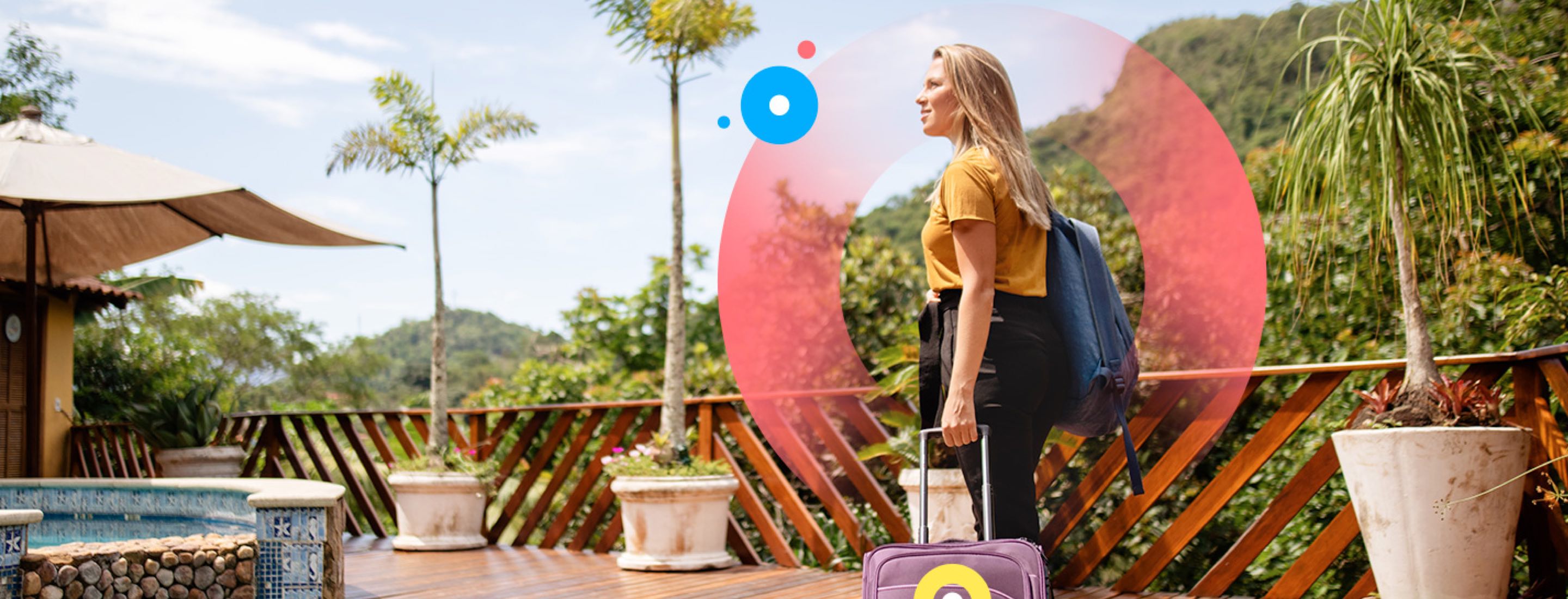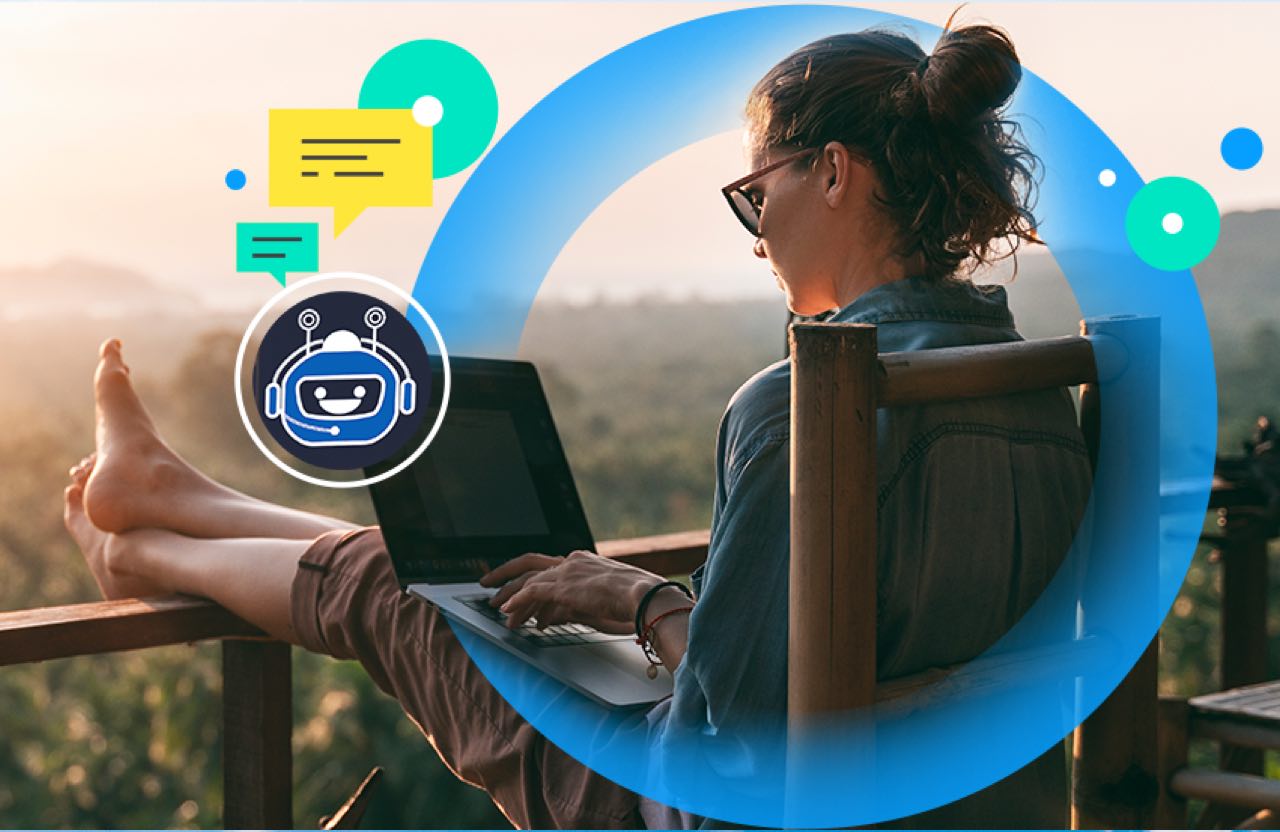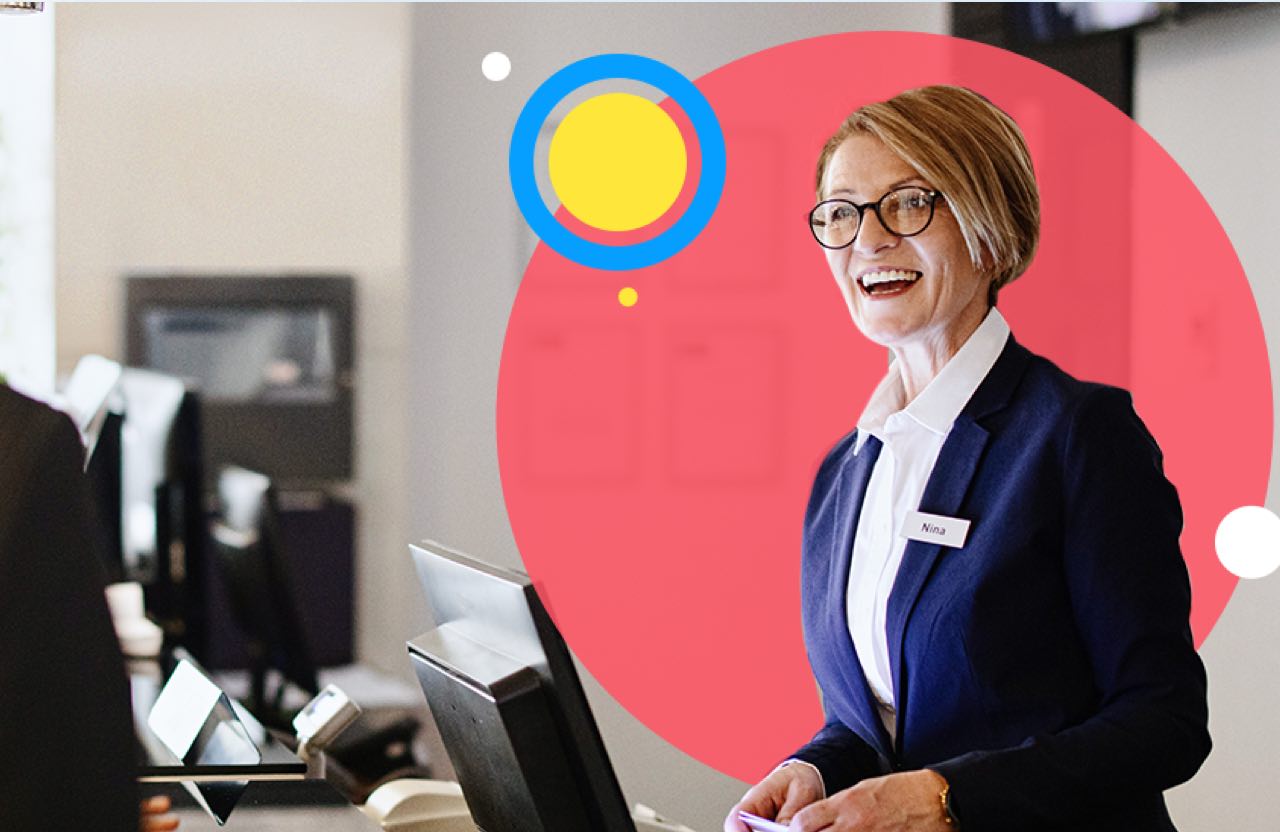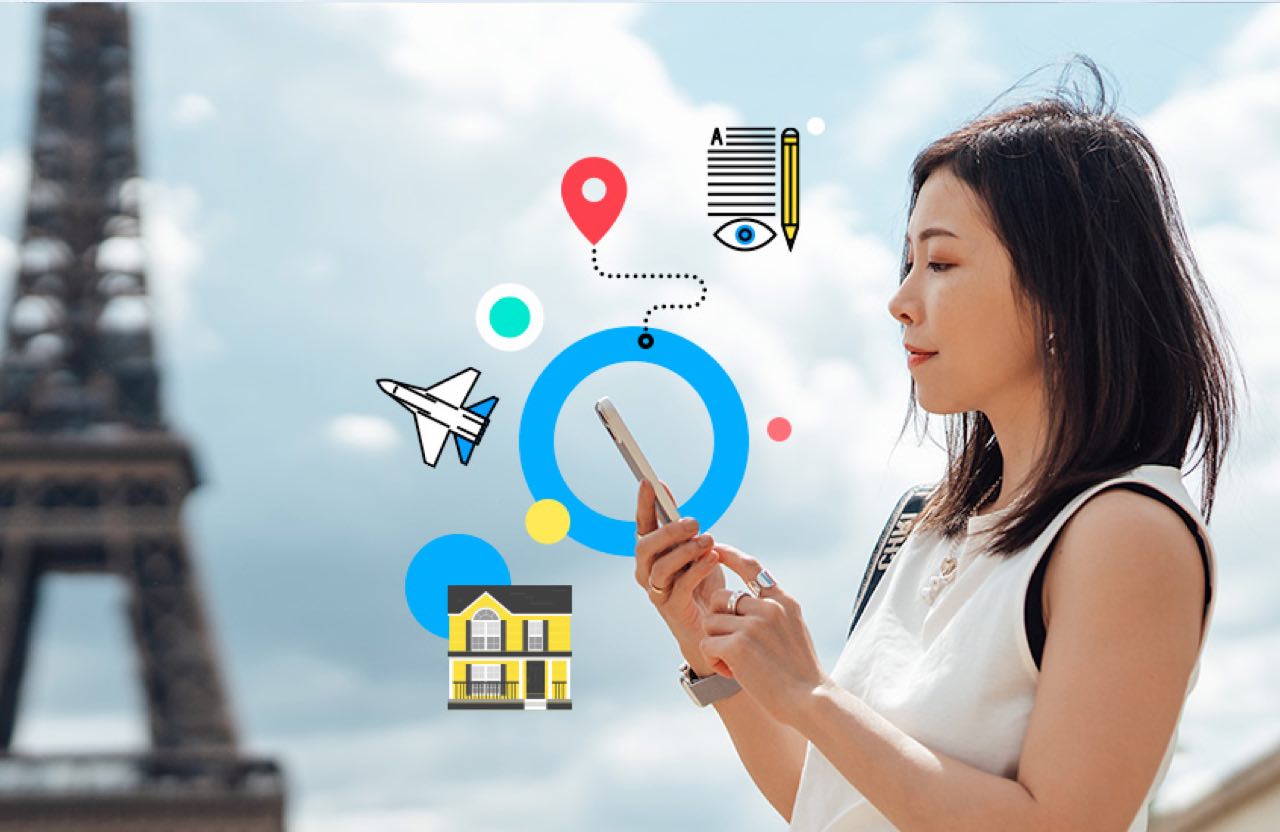What issue can we solve for you?
Type in your prompt above or try one of these suggestions
Suggested Prompt



Insights
What Defines the Future of Customer Experience in Travel and Hospitality?
What Defines the Future of Customer Experience in Travel and Hospitality?
In a Q&A with Adobe Experience Cloud, Publicis Sapient’s head of travel and hospitality, Nick Shay, explains how travel brands can build loyalty through customer experience innovation.
Originally published on the Adobe Experience Cloud blog
Post-COVID-19, customers have completely new expectations when it comes to travel. This means hotel, airline and food and dining brands that invest in their customer experience have the opportunity to newly differentiate themselves and build loyalty. But what does this new gold standard of customer experience look like?
In this interview with Adobe Experience Cloud, head of travel and hospitality at Publicis Sapient, Nick Shay, breaks down the biggest challenges that brands are facing when it comes to customer experience and how a data-driven, customer-centric approach can open up a new world of possibilities for the industry.

Interview highlights:
“The experience of personalization tends to drop off as soon as you go from an online booking into the actual experience of the travel, vacation, or cruise. If brands can address personalization across the entire travel experience, then there is a real opportunity for new value creation for travel companies and their customers.”
“At the heart of it, you often find is that it’s not necessarily the technology that’s getting in the way—it’s because of the way operations and the organization are set up.”
“Reimagine what entire travel experiences could look like. This requires not just incremental change but recreating experiences from the ground up. For example, imagine what an airport would look like if it was centered around the customer. What if guests could walk from the beach onto the plane? Or if baggage claims never existed? Brands need to ideate around what a future experience could be, without getting stuck in what there is today because it is too limiting.”
“To become a true expert in the customer experience, you must keep innovating. There isn’t a time where you can just stand still and say you’re all good. If you look at what’s happening in the travel and hospitality space, there’s so much innovation now. And when it comes to the experience, you need to be constantly looking at what’s next.”
What’s your backstory at Publicis Sapient?
I run travel and hospitality at Publicis Sapient for its international markets. My backstory, in a way, is quite simple. I joined a startup 25 years ago, and I’m still at that startup. It just happens to be quite a large company today. I’m very much passionate about how you can bring technology and experience together. And what I love about travel and hospitality is it’s an industry where, for the time being at least, you must experience it physically, not just digitally.
What are some of the challenges that you think might be top of mind for the travel and hospitality industry?
Over the years, companies have proven that focusing on customer experience and. of course. personalization is a big part of driving better results.
Yet personalization has always been focused on the upfront sales funnel—the pre-booking experience and booking experience—and on how brands can drive up conversion.
If brands can address personalization across the entire travel experience, then there is a real opportunity for new value creation for travel companies and their customers.
For example, if you’re a cruise line, you don’t just care about the booking. You want the whole cruise experience to be great for your cruisers because you know they’re going to come back again and again and again. And I think that’s where part of the challenge is. The experience of personalization tends to drop off as soon as you go from an online booking into the actual experience of the travel, vacation, or cruise.
As we think about tying the guest experience together from start to finish with data and content, how should companies actually take action to get that started?
One way is to do a better job at collecting data by picking up on signals from customers and then reacting to those signals.
Today, cruises have a ship experience and a shore experience. When you’re on shore, you’re researching and booking your cruise.
During booking, you’re asked if you want the spa package or the table at the restaurant on the ship on the first night. That data needs to transition onto the ship. But what happens is these things end up being broken up into silos, and the crew has no idea who you are and how to use this data to serve you.
At the heart of it, you often find that it’s not necessarily the technology that’s getting in the way—it’s because of the way operations and the organization are set up. There’s someone running the restaurant, someone else running the bookings and so on.
In essence, the organization is not centered around the passenger or the cruiser, and the customer experience suffers.
How can companies reduce these silos so they can actually react to customer data?
One thing companies can do is harness their customer data. If you use the cruise as an example again, customers have internet access everywhere. A brand’s platform could be collecting data 24/7 and using that to drive the customer experience, whether cruisers are on shore or on the ship.
We’re also entering an era where the passenger will have more control of their data. Imagine a world where passengers have all of their identity information on their phones, a bit like a digital passport. You let the passenger share what they need to share when they need to share it.
This represents a departure from the traditional customer model that results in incomplete or out-of-date customer profiles. If you are in the travel business, then you will need to learn to listen and respond accordingly in this new paradigm.
That’s fascinating, and it sounds like this new era will rely on data and connecting teams together and doing it all in real time.
Are there other key areas of customer experience where travel brands are falling short?
Travel brands are often organized around business lines, not customers, and are also reluctant to partner with other businesses to create unified products and experiences. But if brands can challenge that thinking, then so much more is possible.
It’s that integration of the experience, the data and the technology that makes it work right. That’s where the magic happens.
Nick Shay , Group Vice President, Travel & Hospitality, International Markets
Say you’re running an airport with different business lines. Someone’s running retail, someone else is running parking, someone else is running airline partnerships, and so on—those are very separate things, and the impetus is on the passenger to orchestrate the experience.
If you instead center the airport around the guest experience, it would look a lot different.
Imagine driving up to the parking garage and, through automatic plate number recognition, security knows that you have arrived. You get a notification on your phone that you have an appointment to go through security at a specific time to avoid the queue. You leave your keys with the valet because you requested dry cleaning and grocery shopping when you booked your trip, and you want those things left in your car when you return.
The restaurant knows you are on your way, sends the menu to your phone so that you can order on the fly and puts the order through the kitchen when they know you are passing through security.
On the way home, you are in the air and remember you need to buy a present for your kids. You decide to ‘shop the airport,’ and those gifts are waiting for you when you land.
This is easy to dream about and incredibly difficult to execute. But through partnerships, travel companies can do things very differently, creating more value for customers and for their own business.
How could a travel brand bring an experience like that to life?
Bringing this to life requires heavy use of technology, of course. Cloud, data and open APIs are a given, but in the future, we'll see the use of artificial intelligence (AI), augmented reality, virtual reality and web3 technology enabling these partnerships and powering experiences.
For example, if you’ve ever had a bad experience when you’re on vacation and you’re trying to reach someone, you know how frustrating customer service can be.
But imagine if you could use conversational AI to personalize the experience . It’s that integration of the experience, the data and the technology that makes it work right. That’s where the magic happens.
We’ve talked a lot about these big pillars—data, content, technology. If you had to outline some key steps to improve the guest experience, what might those steps be to get companies started?
You need to understand your customers and know when things are breaking down in the experience. That’s just a given, but it’s amazing how many companies don’t really scrutinize what the data is telling them.
I’ll give you an example. We started looking at the data of a quick-service restaurant chain to understand why people were dropping out of the mobile order flow at a particular point. We realized that there was a problem for Android users but not with iPhone users. When we put a monetary value to how much money was being left on the table, we realized there was a significant problem to be solved.
It’s about getting into the data and looking at it in the context of the customer journey, and it’s an underused method today. Taking it a step further, brands can not only dig into their data but start by reimagining what entire travel experiences could look like.
This requires not just incremental change but recreating experiences from the ground up. For example, imagine rethinking what an airport looks like to create less friction for the customer.
What if guests could walk from the beach onto the plane? Or if baggage claims never existed? Brands need to ideate around what a future experience could be without getting stuck in what there is today because it is too limiting.
To start, look at experiences in other industries for inspiration and a new perspective. For example, hotel brands can look at the public sector. Rather than hotels being places that people from out of town go and stay in, they can become a hub and a source of value for their local community.
Now that we’ve talked about challenges, opportunities and ways to make change happen, what could be some of the main benefits that travel and hospitality companies can see by making the guest experience their priority?
Well, the first one is customer advocacy and loyalty. Disney is still an expert in customer experience, and their first-time customers come back 70% of the time. This is because Disney pays so much attention to the experience. Companies get loyalty when they invest in the customer experience.
I think the first thing is you need to understand your customers and know when things are breaking down in the experience.
— Nick Shay, Group Vice President, Travel & Hospitality, International Markets
To become a true expert in the customer experience, you must keep innovating. There isn’t a time where you can just stand still and say you’re all good. If you look at what’s happening in the travel and hospitality space, there’s so much innovation now. And when it comes to the experience, you need to be constantly looking at what’s next.
Publicis Sapient can help your brand reimagine the guest experience.







